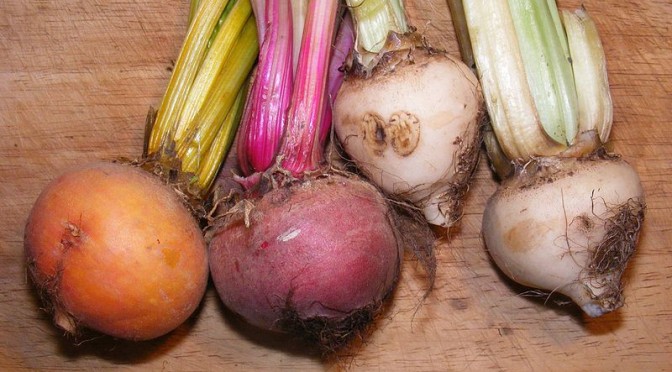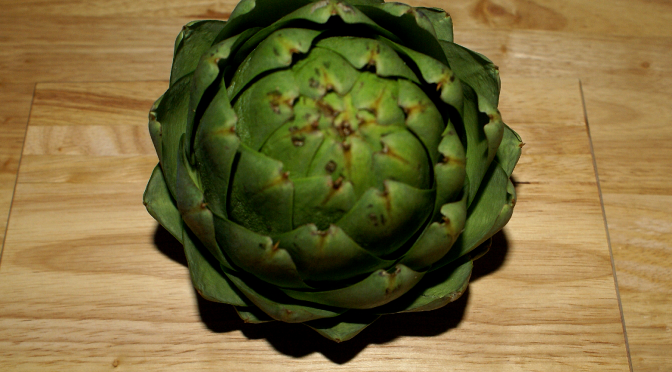When I used to think of beets, I thught of the red canned ones that we added in little strips to salads or to make into Harvard Beets for the holidays. Then I discovered the taste of freshly cooked beets. There are so many other uses and other types of beets that can make this vegetable a real star in your meals.
Like many of our foods, beets originated in the Mediterranean region and North Africa and were cultivated by ancient Greeks and Romans. Originally, they were grown primarily for their leaves, which can be chopped and cooked into greens or eaten raw. It wasn’t until the 14th century that eating the bulbous root became common. By then the root had developed from a thin, parsnip-like shape into the rounded vegetable we now know.
When it comes to the taste of the beet, it is a “like it or not” personal preference. The beet has an earthy taste that comes from geosmin, a substance that also yields a sweet spring scent when it rains. This is more prominent in the red beet while the golden beet has a much milder taste. As with eating most vegetables, the freshly prepared vegetable usually tastes better than a canned version.
Other uses for beets have included beet sugar, a beet alcohol and red natural dye. As soon as you cut a red beet, it will immediately begin bleeding a red juice that can stain your hands, any material near it and anything else that comes in contact with it. A picked eggs recipe uses the water that red beets are cooked in to dye hard boiled eggs red. This recipe from All Recipes uses canned beets, but could be made with freshly cooked beets. For low carb, be sure to use a sugar substitute in place of the sugar.
I didn’t use to be much of a beet fan, but as I grew older and tried Harvard beets, I discovered the flavor was better than I remembered it. Incidentally, I once red that people’s taste buds change every seven years and I have seen a steady growth in the number of foods that I now enjoy that I didn’t use to like, so maybe there’s some truth to it. Once I tried fresh beets, I became a real fan. I just recently found Chiogga beets at my grocery store for the first time and picked up a few. These are small red and white beets with circular rings of each color inside.
Here are a couple of recipes from this site that use beets in their preparation. They can be used in surprising ways.
Amazing Chocolate Beet Cake
Short Ribs with Root Vegetables
Nutrition Information for 1 cup beets
Calories: 59 Fat: 0.2 Net Carbs: 9.2 g Protein: 2.2 g
Want to know about the health benefits of beets? Visit The World’s Healithest Foods.
References for this article include The History Kitchen, Love Beetroot.co.uk, Aggie Horticulture and The World’s Healthiest Foods
Top Photo used with authorization from Wikipedia: By Beet man (Own work) [CC BY-SA 3.0 (http://creativecommons.org/licenses/by-sa/3.0)], via Wikimedia Commons




